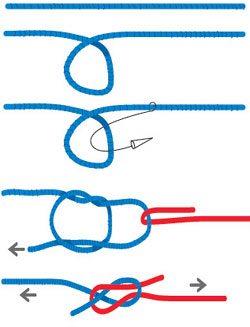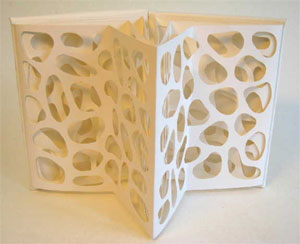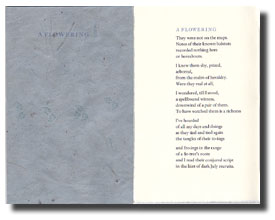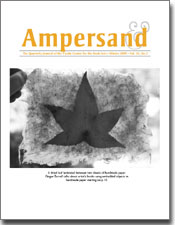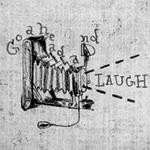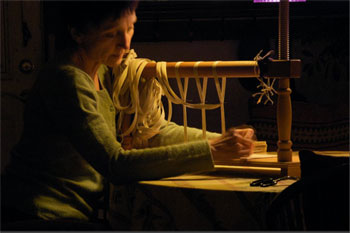 The website of Reliure Hélène Francoeur Bookbinding in Québec has beautiful photographs of their studio and work. Including a peaceful slideshow of sewing a book on tapes called Evening Sewing and a monthly feature of photographs of favorite bindings.
The website of Reliure Hélène Francoeur Bookbinding in Québec has beautiful photographs of their studio and work. Including a peaceful slideshow of sewing a book on tapes called Evening Sewing and a monthly feature of photographs of favorite bindings.

